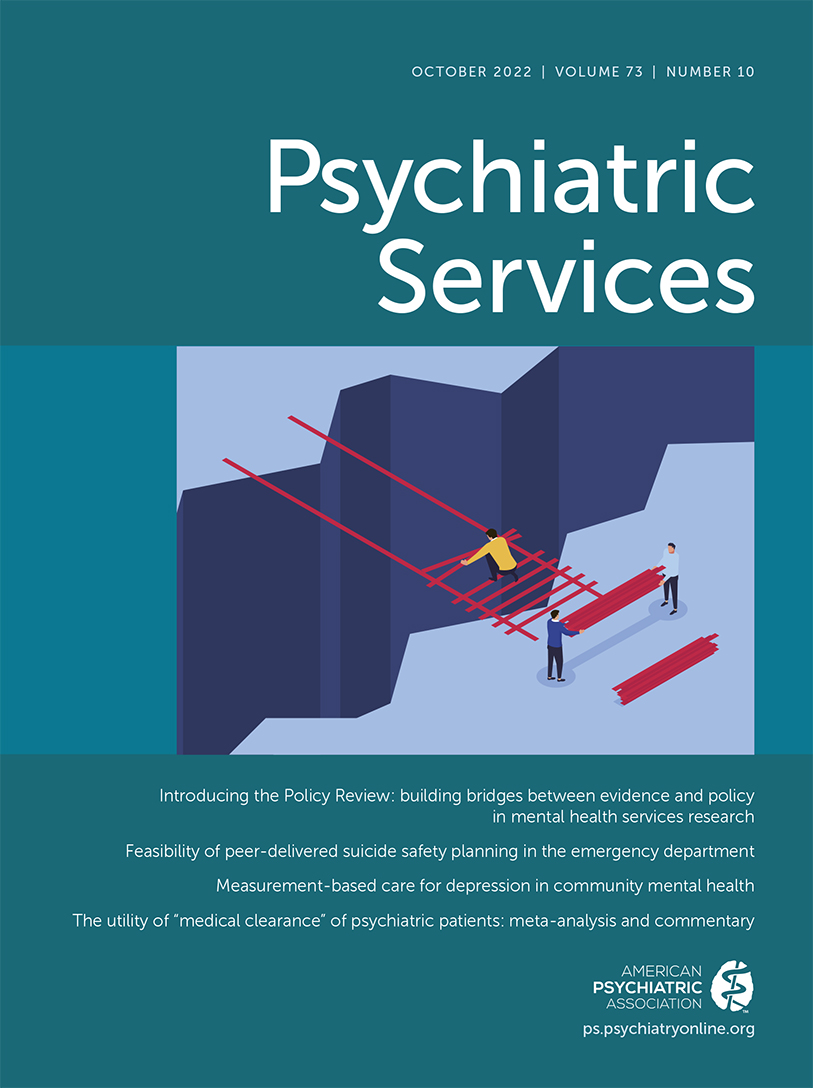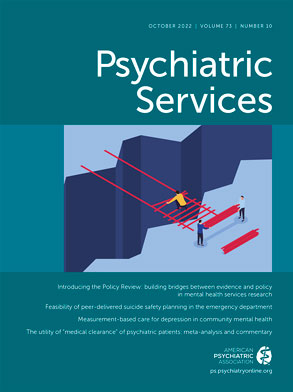PHNs
The role of PHN evolved from a narrower class of CHWs called patient navigators, trained CHWs who escort and support patients through multiple levels of care and help them access applicable benefits. Patient navigators first appeared in cancer clinics to meet patients’ complex needs. Successful navigators essentially interface between patients and the overwhelming number of other services and service providers that patients encounter, including the physician or nurse practitioner leading the treatment team, ancillary diagnosticians and treatment specialists, behavioral health care providers, hospice and palliative care workers, community support services, and faith-based ministries. The Patient Navigator Outreach and Chronic Disease Prevention Act described PHNs’ essential tasks as assisting in the coordination of health care services, facilitating involvement of community organizations to help patients access care, anticipating and helping patients overcome barriers, coordinating with insurers, and conducting ongoing outreach, especially to populations affected by health disparities (
6).
The patient navigator role evolved into the “peer navigator” in cancer care when these individuals were recruited from a racial-ethnically diverse group of previous cancer patients. Patients of color report emotional support, “being there,” and “feeling heard” as essential elements of successful peer navigators with whom they share a racial-ethnic background (
7). This arrangement enhances patients’ perceptions of trust that culturally sensitive providers understand their perspectives and are looking out for their concerns.
In a parallel development, peers with lived experience of recovery from serious mental illness have shown value in services for others with psychiatric disorders. “Peerness” is the essential component in peer support services grounded in recovery. Recovery is complex and holistic, occurs in varied pathways, and is steeped in hope, goals, and self-determination. These attributes describe recovery-based approaches to mental health care in general, but disclosure and shared lived experience are the unique components of peerness (
8). Disclosure involves three steps. First, people identify themselves as individuals with mental illness and an experience of recovery. Second, they generally share experiences that describe this identity with others. Third, as providers, they strategically disclose experiences that help service users realize their goals.
PHNs for serious mental illness therefore subsume three concepts: peerness, health, and navigation. First, as peers, they are people with a shared experience of serious mental illness and are from the same racial-ethnic backgrounds as patients. PHNs may also share their experiences with other health concerns—managing HIV and AIDS or dealing with the COVID-19 pandemic—or their histories of resilience in the face of social disadvantages such as homelessness or incarceration. Second, PHNs’ primary focus is on a person’s general medical health and wellness goals, and mental health is an obvious integrated element. Third, PHNs act as navigators by helping people engage in the health care system, coordinating health services, and helping them access care. Engagement is a multilevel process. It includes establishing links to available and accessible health care that is also interpersonally and culturally relevant to patients so that they fully participate in planning and implementation.
Key Components of the PHN Practice
Implementation scientists believe that identifying key components of evidence-based approaches is important for ongoing effectiveness research in general, as well as for studies about deployability and scalability. We propose eight components here as a heuristic for ongoing conceptual and practical development of a PHN intervention and its corresponding evaluation. We do not assert that these components are unique to PHNs per se; many are generally relevant to integrated care. However, as a group, they become the defining set of strategies that guide training, fidelity, and outcomes assessment and lead to PHN programs.
First, engagement in health services is the priority. The goal of the PHN practice is to help people obtain and fully interact with the existing network of services that can meet their health needs. This can be a labor-intensive undertaking for disenfranchised people served by a fragmented public health system, for example, for people who need to coordinate travel to a county hospital for respiratory problems, a community clinic for podiatry, a dentist working out of a traveling van, a city mental health clinic, or a chain store pharmacy. This kind of coordination can be even more challenging when people lack a primary care home that coordinates health consultations and interventions over time.
Second, health services are broadly construed. PHNs assist the person in identifying and engaging in the broadest range of services, including not only allopathic medicine and allied health but also the growing array of complementary medical offerings that individuals believe will address their health needs. These may also include faith-based strategies or other culturally defined approaches to health. PHNs are active in addressing administrative barriers, such as third-party payers necessary for the provision of timely services. Services also include various opportunities that promote wellness and prevention.
Third, assessment is ongoing in order to identify dynamic health needs. All services are driven by the individuals’ perspective of health and wellness. These needs are likely to change over time, so PHNs engage in ongoing assessment, leading to adjustments in services.
Fourth, PHNs assist with practical tasks related to service visits. The goal is to help people engage in health care services, which may include scheduling timely appointments, traveling with the person to the clinic, accompanying the person to the examination with the provider, advocating when needed, and resolving billing and paperwork concerns. PHNs often keep a diary listing steps of previous treatment engagement as well as a calendar of future appointments. PHNs work from a base of interpersonal support, using basic listening and related skills to understand people and their goals and then to partner with the person.
Fifth, service engagement is enhanced by improving health literacy and self-management skills. People are better able to accomplish health and wellness skills when they understand their specific health challenges and the interventions to address them. Practical skills to self-manage one’s health plan are equally useful.
Sixth, peers are people in recovery. Consistent with evolving consensus guidelines, PHNs are people in recovery from serious mental illness (i.e., people who report being able to address their life goals after a period of disabling mental illness). PHN programs often include peers who also have lived experience as a member of a minority group and lived experience of social disadvantage. Unique to PHNs is peerness, the strategic disclosure of shared experience that advances personal health goals.
Seventh, interventions are team based and embedded within a larger service system. PHNs share duties within a team of other PHNs. The team works in a larger system of providers where they are fully integrated within an existing infrastructure to assist people with their needs related to but outside of health per se (e.g., housing instability, food insecurity, substance use, criminal legal involvement, employment, and education).
Finally, service is unending. PHN services are not time limited. They are offered for as long as people request them. Engagement with PHNs might start and stop as patients’ perceptions about the course of their health concerns evolve.

